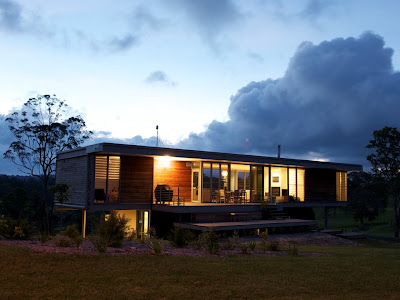starting your own design business.
www.businessofarchitecture.comhttp://businessofarchitecture.com/business/starting-an-architecture-firm-marketing-finding-a-niche-interview-with-architect-oscia-wilson-of-boiled-architecture/
I didn’t want to be an architect. I wanted to be a CEO.
So I am an architect and that helps me run an architecture firm, but the reason I think that most architects struggle when they go out on their own is because they think of themselves as architects and I think you need to absolutely dispel that myth.When you go out and you’re an entrepreneur, you’re a CEO, period. You’re not an architect any more.
So, you need to spend 90% of your time thinking about how you run an organization, how you structure it, how you get clients, how you’re going to build them, how you’re going to pay people, how you’re going to make an employee manual. That’s what you spend your time on. If you think you can do both, you’re wrong. You’re just wrong.So if you do any back of envelope math, basic round numbers, how much do you think you can get an hour as an architect? Let’s say you’re in San Francisco let’s say 120. If you’re in any other city, it would be smaller. At 120 an hour, how many hours you really think you can work on billable hours, let’s say maximum you’re 80% utilization? So that doesn’t come out to very much money, right?
So and that assumes you have all the work that you can get, but in reality it’s a fulltime job just to get the work. So how do you really think you’re going to be able to bring in that many clients on that extra 20% of your time, like one day a week doing business development? It literally doesn’t work out, like it’s just not reality.
So I did that back on the envelope math before I started.
What I saw was that it didn’t seem like I can make a living unless I had a team of at least three to four people minimum. So I saw that right away because I knew that it takes a fulltime job to get the work and at least one fulltime job to do the work and then that ratio, one non-billable percent to one billable percent, it just does not work out. You need a few billable people to support 1% who’s not billable.So I know I just used a lot of like big words and sometimes it’s confusing, but none of those concepts are difficult. I guarantee anybody who’s smart enough to be an architect is smart enough to learn them. So there is one book that I can recommend that covers all of these terms and some basic calculations. Enoch: Please. Oscia: Gosh, I thought I had it on my desk, but it’s called Financial Management for Design Professionals. So I recommend that. Enoch: Okay. Is that by Steve Wintner.


.bmp)


















